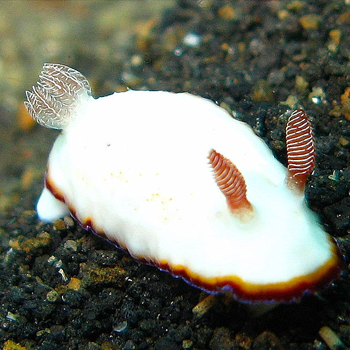Question #40eec
1 Answer
Least polar
Explanation:
To determine the polarity of bonds, you look at the electronegativity of the atoms in question. Since fluorine (F), oxygen (O), nitrogen (N), and carbon (C) are all in the same row of the periodic table, the electronegativities are easily comparable.
If you remember the trend for electronegativity, it increases as you go left to right in a row. It also increases as you go bottom to top in a column. What we could do is calculate the differences in electronegativity between the two atoms, but that would take more time.
Let's determine the electronegativity order from greatest to least.
F > O > N > C
Now that we know this, we can determine the polarity of the bonds. Remember that if you have two of the same atom, the bond is non-polar (their electronegativities cancel out). This is the case for F-F, so this is the least polar.
Next would be F-O. Since their electronegativities are similar, the bond between the would probably be considered non-polar bond.
Following would be F-N as there is a greater difference in electronegativity than the previous two.
The last would be F-C. This bond has the greatest difference in electronegativity. This bond is the most polar.

